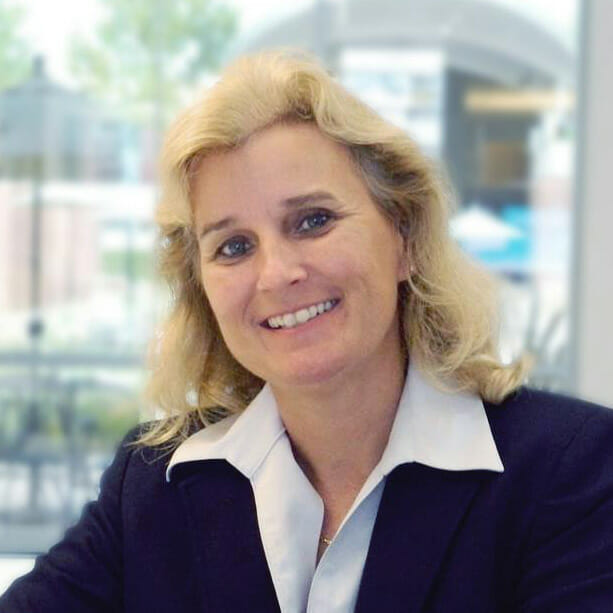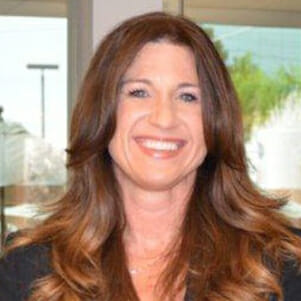Top Trends in the Auto Casualty Insurance Industry - Mitchell Experts Provide Insights
There are always shifts and trends insurance carriers should be watching out for in the auto casualty industry– especially nowadays with factors like changing regulations, more expensive medical costs and increasing accident severity. Here are some of the top trends Mitchell’s auto casualty experts are seeing in the market that are influencing the industry most today.
A Shifting Focus to the Full End-to-End Lifecycle
 The auto casualty industry has reached an unprecedented juncture of market factors and technology capabilities that is creating unique opportunities for both existing and new insurers in the marketplace. We are at a transformational point where nearly every part of the insurance lifecycle and especially the claims management process itself will be fundamentally changed going forward.
The auto casualty industry has reached an unprecedented juncture of market factors and technology capabilities that is creating unique opportunities for both existing and new insurers in the marketplace. We are at a transformational point where nearly every part of the insurance lifecycle and especially the claims management process itself will be fundamentally changed going forward.
An Increasing Need for Customization in a Regulated World
 First party claims are not simple – customers are focused on optimizing outcomes, and throughout the market, each carrier's needs are unique. When regulations change or customers shift their focus, Mitchell wants to provide flexibility to modify outcomes. Mitchell continues to develop a highly configurable and flexible solution.
First party claims are not simple – customers are focused on optimizing outcomes, and throughout the market, each carrier's needs are unique. When regulations change or customers shift their focus, Mitchell wants to provide flexibility to modify outcomes. Mitchell continues to develop a highly configurable and flexible solution.
More Integrations from FNOL to Settlement
 Claim workflows are interconnected from First Notice of Loss through settlement. With that in mind, carriers are looking for smarter solutions that connect these workflows in ways that deliver new insights and better outcomes.
Claim workflows are interconnected from First Notice of Loss through settlement. With that in mind, carriers are looking for smarter solutions that connect these workflows in ways that deliver new insights and better outcomes.
Concern Over Adjuster Workloads
 Auto casualty adjusters are extremely busy and often tasked with additional duties on top of their main job of adjusting claims. Outsourcing tasks like document management, bill coding and provider negotiations to a partner can help take any non-core work off of adjusters’ desks – ultimately leaving them to focus on what they do best.
Auto casualty adjusters are extremely busy and often tasked with additional duties on top of their main job of adjusting claims. Outsourcing tasks like document management, bill coding and provider negotiations to a partner can help take any non-core work off of adjusters’ desks – ultimately leaving them to focus on what they do best.

